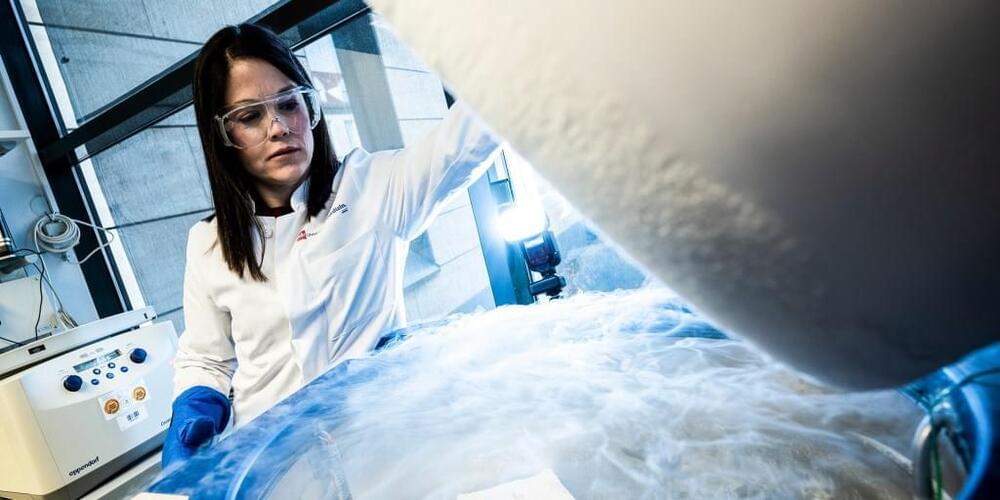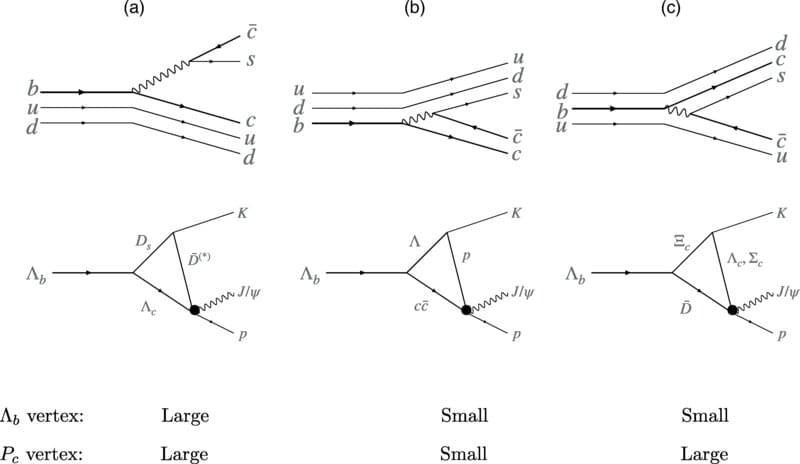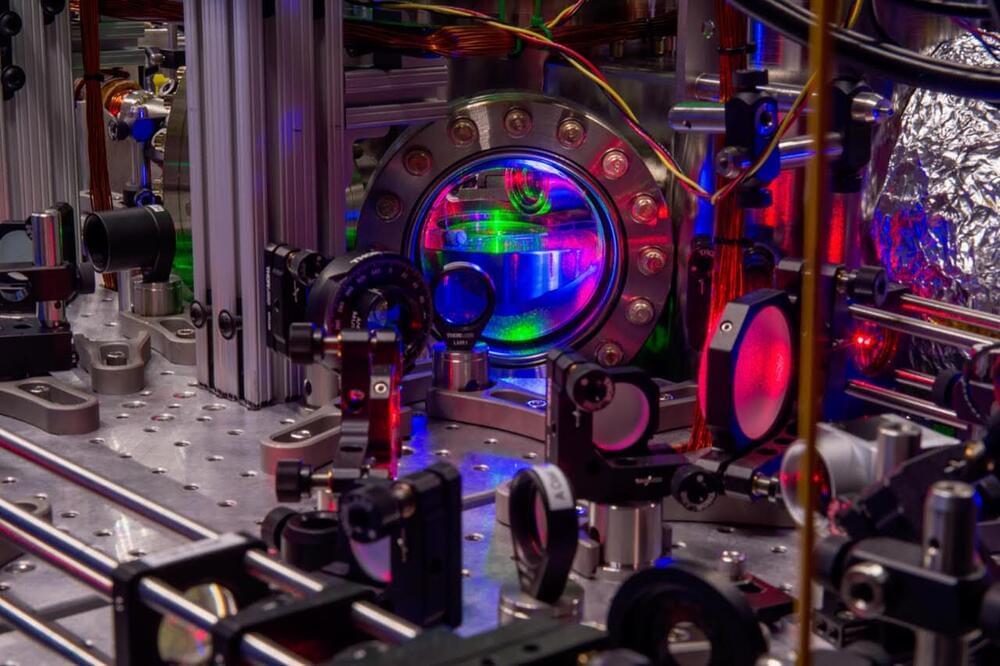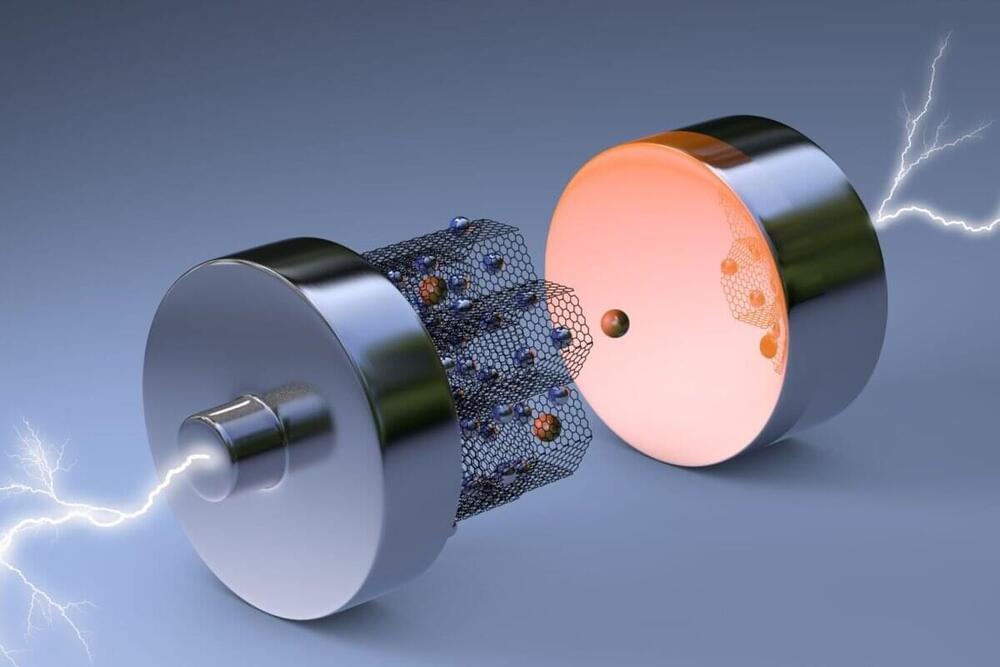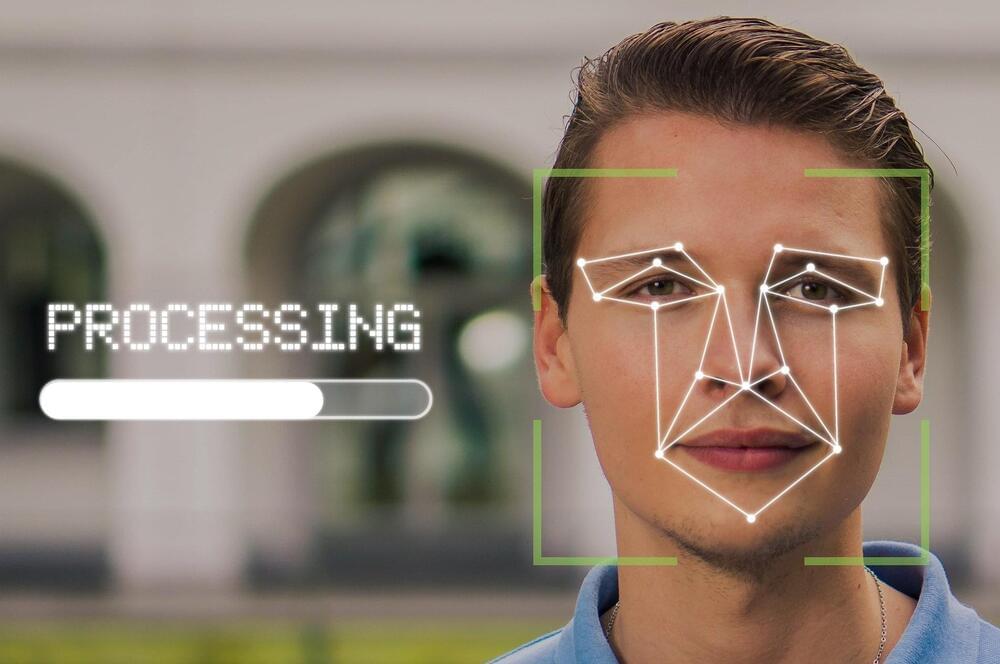Set to be one of the largest, if not the largest, investment opportunity in the decades to come, longevity is a rapidly accelerating field; the Longevity Investors Conference targets the global investor community, bringing together institutional investors and top class experts for networking and exploration of relevant insights into the field, as well as expert education and investment opportunities.
Longevity. Technology: It’s not long to wait, now until the Longevity Investors Conference, which takes place later this month in Gstadt, Switzerland. The speaker list is full of longevity pioneers and visionaries, and we have been lucky enough to be given the opportunity to ask them some of our burning longevity questions.
Longevity. Technology readers can get their exclusive invitation to the leading investors-only longevity conference HERE.




